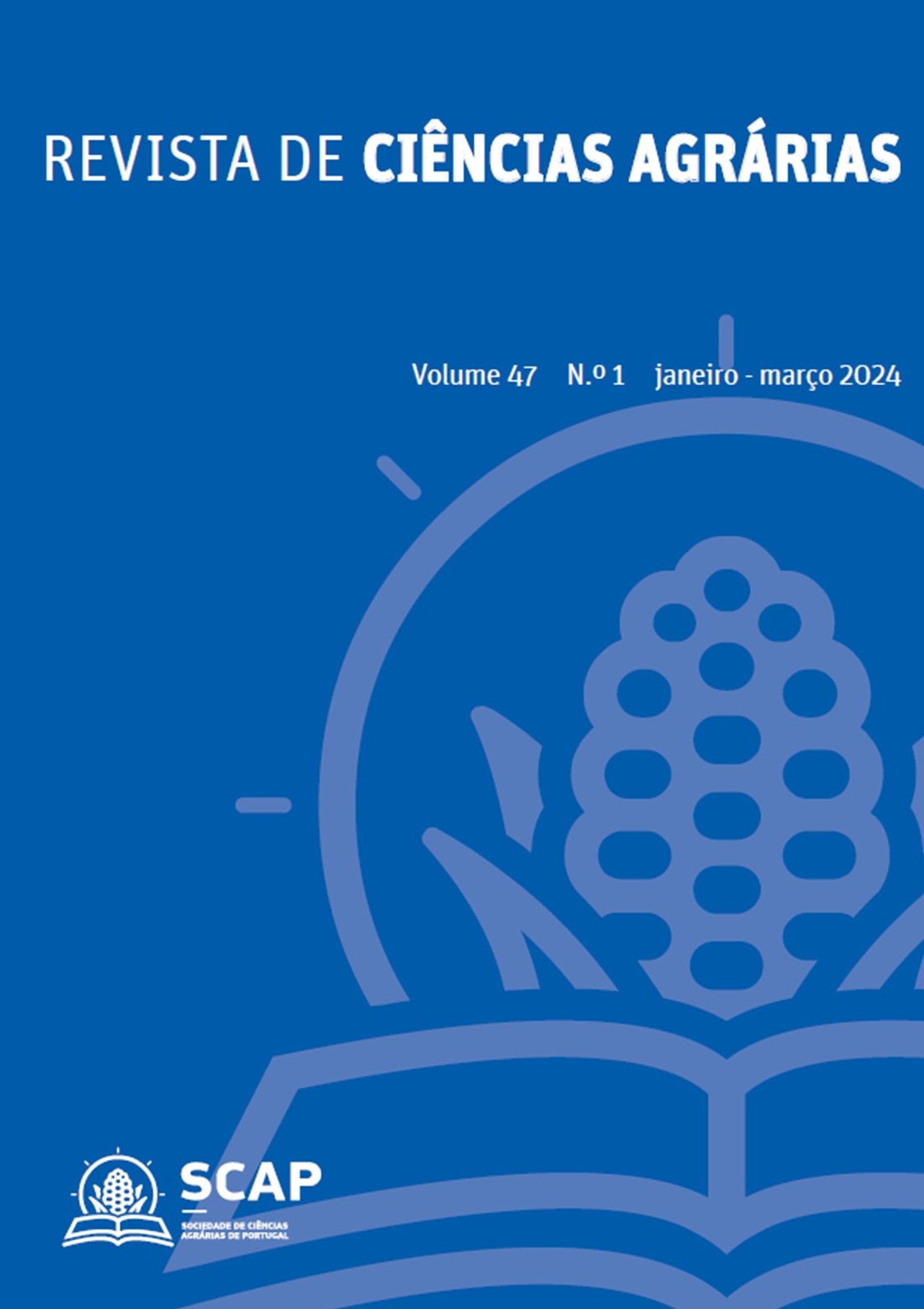Monitorización del perfil metabolómico de plántulas de Arabidopsis tratadas con trans-chalcona
DOI:
https://doi.org/10.19084/rca.34863Resumo
El flavonoide trans-chalcona es un firme candidato para el desarrollo de nuevas estrategias para el control de malas hierbas (bioherbicidas). Estudios previos han mostrado su alta capacidad fitotóxica sobre plántulas de Arabidopsis thaliana, induciendo muerte celular programada en las raíces tras 14 días de crecimiento en agar con una concentración
de chalcona de tan solo 35 μM. Para determinar el mecanismo molecular de acción de esta fitotoxina se ha llevado a cabo una monitorización del metaboloma completo en plántulas de Arabidopsis tratadas con chalcona (0 y 35 μM) durante 3, 10 y 20 horas. Las muestras de raíz y parte aérea se extrajeron y derivatizaron separadamente y se inyectaron en un equipo de cromatografía de gases/masas (CG-EM) para realizar un análisis metabolómico no dirigido. Los datos se analizaron con el software MS-DIAL y se identificaron los compuestos empleando librerías de espectros de masas y de tiempos de retención públicas. Los datos de metabolitos anotados se analizaron con el software Metaboanalyst 5.0 para PCA, Anova de dos factores, análisis multivariante a lo largo del tiempo (MEBA) y el análisis de las rutas
metabólicas potencialmente afectadas. Los resultados indicaron que la chalcona afecta el metaboloma de Arabidopsis tras solo 3 horas de exposición. Las rutas más afectadas estaban relacionadas con el metabolismo de aminoácidos y carbono, y fueron muy similares en la raíz y la parte aérea. Sin embargo, una interpretación de los datos más detallada apuntó distintos modos de acción en la raíz y en la parte aérea.


